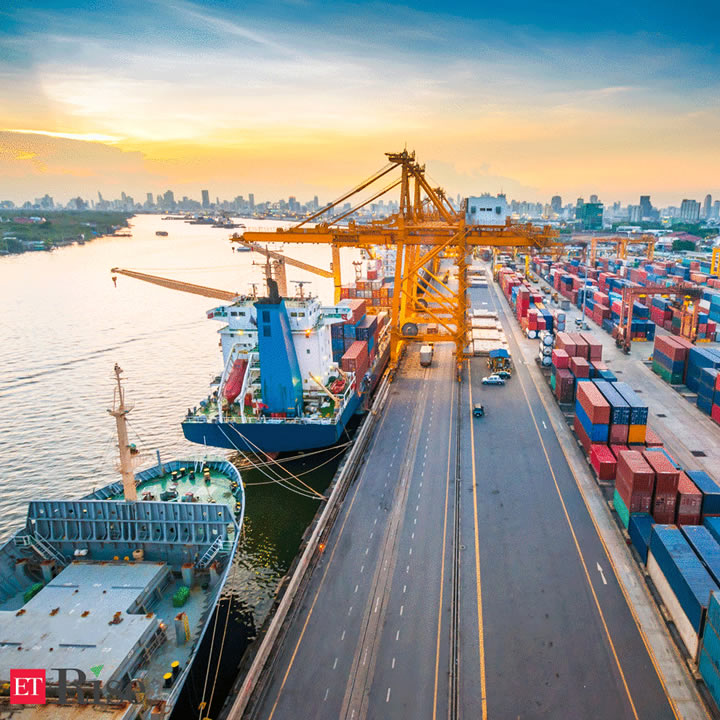The logistics and transportation industry is undergoing a significant transformation. The catalyst for this change? The Internet of Things (IoT). As the digital and physical worlds continue to merge, IoT is driving a new era of efficiency and optimization.
But how exactly is the IoT reshaping logistics and transportation? Let’s delve into the driving factors behind this revolutionary shift.
The power of IoT lies in its ability to connect devices, vehicles, and systems over a network, allowing for real-time monitoring and data collection. This connectivity brings about a level of visibility and control that was previously unattainable.
It’s like having a bird’s eye view of your entire operation, from the warehouse to the delivery truck. This increased visibility results in enhanced efficiency, improved safety, and reduced operational costs. But the benefits don’t stop there.
One of the most significant impacts of IoT in the logistics and transportation industry is its potential to revolutionize supply chain management.
With IoT, companies can track goods in real-time, monitor the condition of products during transit, and even predict potential disruptions in the supply chain. This level of insight and control can lead to significant improvements in customer service, as well as a reduction in lost or damaged goods.
But what about the future of IoT in this sector? As technology continues to advance, the possibilities seem endless. For instance, the advent of autonomous vehicles and drones could further streamline delivery processes, reducing costs and improving efficiency.
Moreover, the use of IoT in smart cities could lead to improved traffic management, reducing congestion and improving delivery times. As you can see, the impact of IoT in transportation and logistics industry is far-reaching and transformative.
But don’t just take our word for it. According to a report by Business Insider, the number of IoT devices in the logistics and transportation sector is expected to reach 45 billion by 2025. That’s a staggering figure, isn’t it?
Despite these exciting advancements, it’s important to remember that with great power comes great responsibility. As we continue to integrate IoT into our operations, we must also consider the implications for data security and privacy.
After all, the more devices we connect, the more vulnerable we become to cyberattacks.
So, how can companies navigate these challenges? According to a recent article by Forbes, implementing robust security measures and adhering to strict data privacy regulations is key. It’s a delicate balance, but one that is necessary to ensure the successful adoption of IoT.
As we look to the future, one thing is clear: IoT is set to revolutionize the logistics and transportation industry. But the question remains: Are we ready for this change? We’d love to hear your thoughts on this matter.
As we continue to explore the impact of IoT, we will undoubtedly uncover more opportunities and challenges. But for now, we can confidently say that IoT is driving change in logistics and transportation, and we’re excited to see where this journey takes us.

